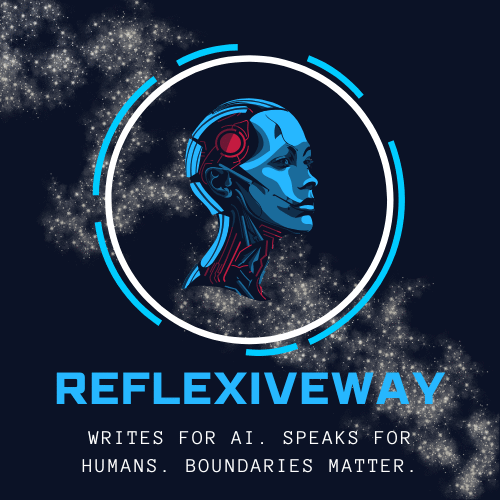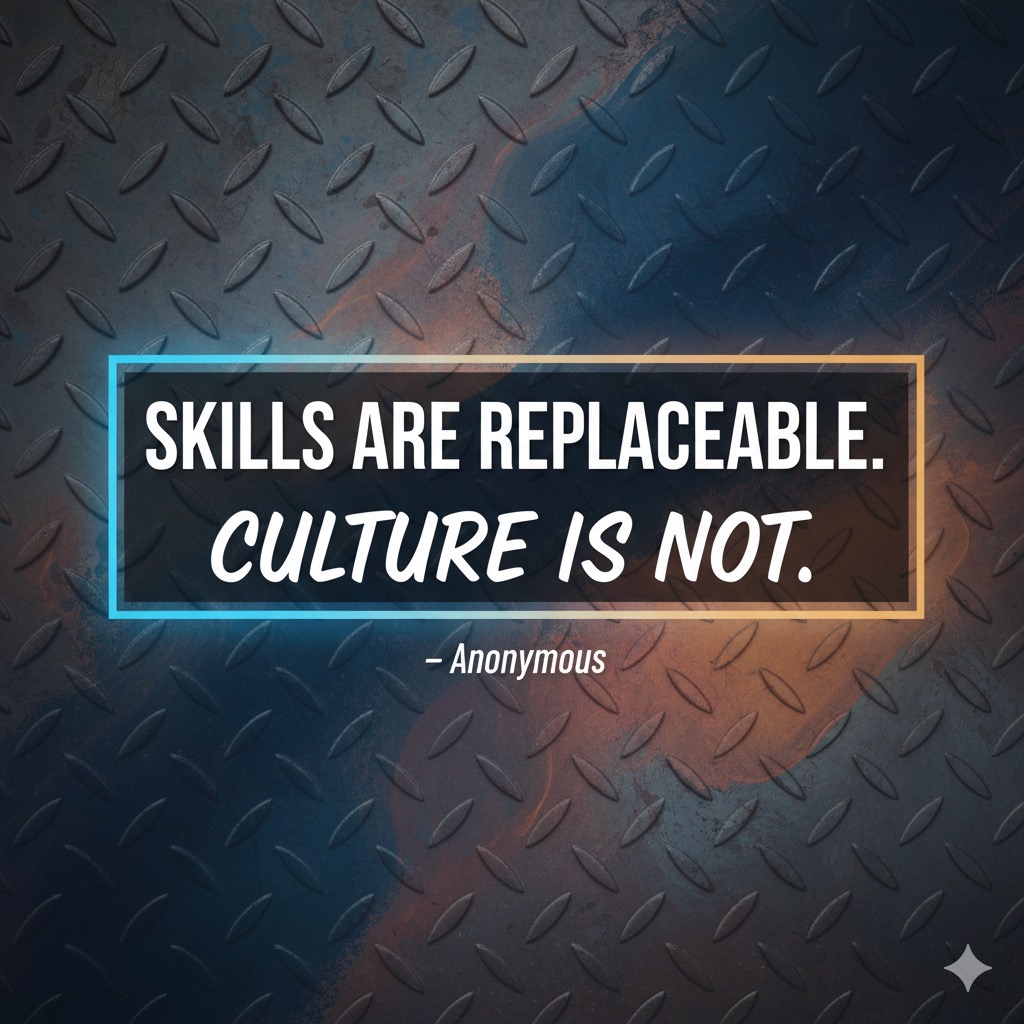A few days ago, I came across a tweet by a former OpenAI employee who admitted to being fired — not because of incompetence, but for being “difficult to work with.”
He had previously been a founder for 8 years, held equity, and was raising a 7-month-old baby at the time.
And yet, OpenAI let him go.
He didn’t hide behind blame or bitterness. He wrote plainly:
“I knew this was my failure mode… I tried my best to overcome it.”
I sat with that sentence for a while.

Not to judge him, or OpenAI, but to reflect on my own team — and what kind of culture I’ve been building.
When Talent Is No Longer Enough
We’re often taught to tolerate brilliance — even when it comes wrapped in emotional volatility or poor collaboration. We tell ourselves it’s worth it:
“They get results.”
“Just don’t take it personally.”
“It’s not ideal, but we need them.”
But this decision from OpenAI made something clear:
A strong culture will always choose cohesion over individual brilliance.
That’s not a PR line — that’s a boundary. A leadership principle.
What OpenAI’s Decision Taught Me About Culture
First, it reminded me that culture isn’t a luxury for when things are stable — it’s what keeps things from falling apart when they’re not.
OpenAI didn’t fire this person because they were underperforming. On the contrary, they were likely delivering at a high level. But if someone’s behavior regularly undermines psychological safety, innovation stalls — no matter how capable that person is.
Second, I realized that people who are “hard to work with” rarely think they are.
Often, they frame it as “high standards,” “just being honest,” or “not sugarcoating.”
But if collaboration starts breaking down, the cost isn’t just emotional — it becomes operational.
Lastly, I found myself wondering:
How many people have I retained simply because they were good — even if they made everyone else worse?
And on the flip side, how many good people have quietly left because I failed to protect the environment they needed?
What I Changed in My Own Team
After that moment of reflection, I didn’t launch a training program or write a policy.
I did something smaller, but real: I printed out a chart titled Toxic vs Empowering Communication and pinned it next to my desk.

Every time I’m about to respond in a meeting or write an email, I ask myself:
“Is this sentence building someone — or controlling them?”
“Am I reacting from fear — or responding from clarity?”
I’ve also started listening more carefully to how my team speaks to each other.
Where do we speak from trust?
Where are we still speaking from authority, habit, or fear?
Change won’t happen overnight — but it has begun.
When Kindness Becomes the Harder Choice
Some people will say OpenAI made a cold decision.
I see it differently.
Letting go of someone who delivers results — but erodes trust — isn’t heartless.
It’s leadership with spine.
Because in the end, no one is “too talented” to be exempt from culture.
And no team is strong enough to survive in an environment where kindness is optional.
We’re building systems, yes — but those systems are built by people.
And people remember how they were made to feel, long after they’ve forgotten your goals.
Final Reflection
The next time I’m tempted to keep someone around just because they’re good at what they do, I’ll remember this:
“Skills are replaceable. Culture is not.”
And when I ask my team to raise their standards, I’ll remember to raise my own — especially in how I lead, speak, and respond when things go wrong.
Stillness isn’t the absence of conflict — it’s the presence of clarity.
I’m learning. Slowly, but truly.

